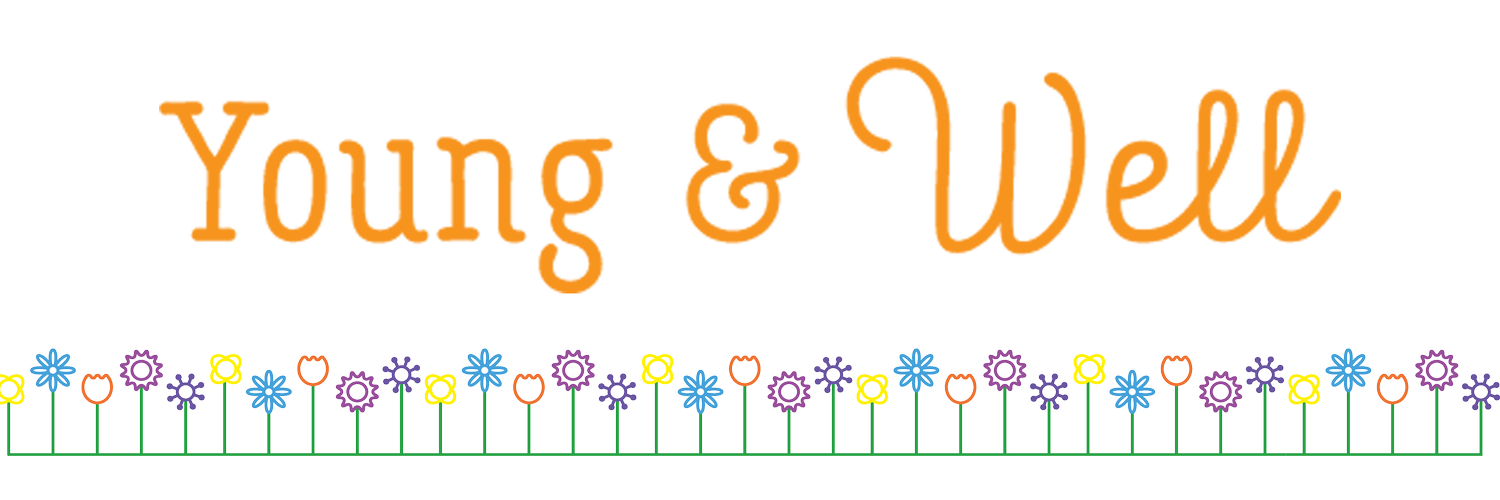When Should I Seek Speech and Language Services?
It can be difficult to know if your child is struggling with speech or language skills or if they are at a developmentally appropriate level. Here’s a checklist for you before you contact your child’s pediatrician or a speech-language pathologist.
What does my child have difficulty with?
Responding to loud, environmental noises (e.g., an ambulance driving by, the doorbell)
Responding to his/her name
Smiling/laughing when greeted by another person
Taking turns (e.g., rolling/tossing a ball back and forth, alternating putting blocks on a tower)
Making/maintaining eye contact
Following your attention/gestures (e.g., looking where you’re pointing)
Playing with sound (e.g., babbling, cooing)
Repeating/imitating sounds/words
Producing independent phrases/sentences (i.e., can quote from songs/movies/TV shows but has more difficulty with original phrases)
Using sound effects intentionally/meaningfully (e.g., “oh, no,” “uh-oh,” “yay”)
Using single words intentionally/meaningfully (may be missing/substituting speech sounds)
Using 2 word phrases intentionally/meaningfully
Using 3+ word phrases intentionally/meaningfully
Producing all/some of the speech sounds of words (e.g., leaves out final sounds, substitutes /t/ for /k/)
Being understood when communicating functionally (e.g., asking for help, commenting, asking/responding to question)
Greeting/saying “good-bye” to adults/peers entering/leaving the room
Interacting with familiar adults/peers
Interacting with less familiar adults/peers (e.g. family members who he/she may not see often or new teachers/classmates)
How much of an impact do these things have on my child’s daily life?
Significant impact
Moderate impact
Some impact
No impact
Have I…
…discussed concerns with our pediatrician? Do they share my concerns?
…spoken to my child’s family members, friends, daycare workers, babysitters, and/or teachers? Do they share my concerns?
…eliminated or reduced screen time each day?
…provided clear, consistent language models?
…provided opportunities for turn-taking and face-to-face play with adults/same-age children?
…considered my child’s sleep habits?
Based on your responses to all of the above, evaluate the impact and concern
Are there more than 2 or 3 areas of difficulty?
Are the areas of difficulty having a moderate to significant impact?
Do observations from teachers, family members, friends, and/or pediatricians support your concerns or observations?
Have your attempts to support development in the concern areas resulted in progress or improvement?
When contacting and consulting with a speech-language therapist
Make sure the practice/therapist specializes in working with children (i.e., pediatric as opposed to geriatric)
Provide information about how areas of concern are impacting your child’s and family’s life
Ask about the evaluation process: A comprehensive evaluation should include an in-depth intake and developmental history (either via questionnaires, a phone call, or an in-person interview), structured and/or unstructured assessment procedures that look at the whole child and consider functional performance across settings, and some sort of meeting/conversation to go over evaluation results and recommendations with parents.
Share school and/or teacher observations if relevant
If you would like a free pdf version of this list, please find it in our shop here.
We offer development screenings at our clinic in Rockville, MD. Contact hello@theyoungandwell.com or hit the “Start Here” button above.


